Captivating Colors and Patterns: A Closer Look at Xhosa Traditional Attire
Captivating Colors and Patterns: A Closer Look at Xhosa Traditional Attire
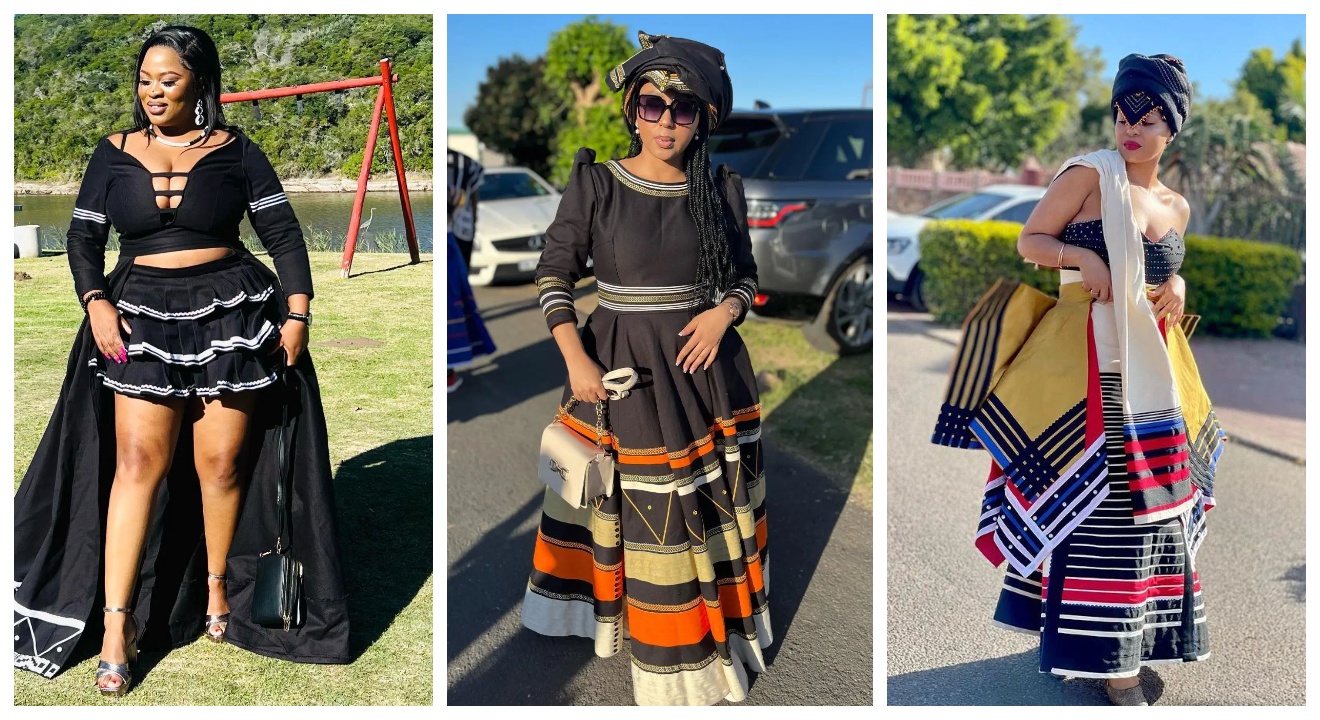
Captivating Colors and Patterns: A Closer Look at Xhosa Traditional Attire
The rich history and significance of Xhosa Traditional Attire
Xhosa traditional attire is not just about clothing; it is a symbol of the rich cultural heritage and history of the Xhosa people. This attire has been worn for centuries and holds deep meaning within the Xhosa community. Each garment and accessory carries stories of ancestral traditions and customs, connecting generations and keeping their heritage alive. From the intricate beadwork to the woven patterns, every detail in Xhosa traditional attire tells a story and reflects the identity of the wearer.
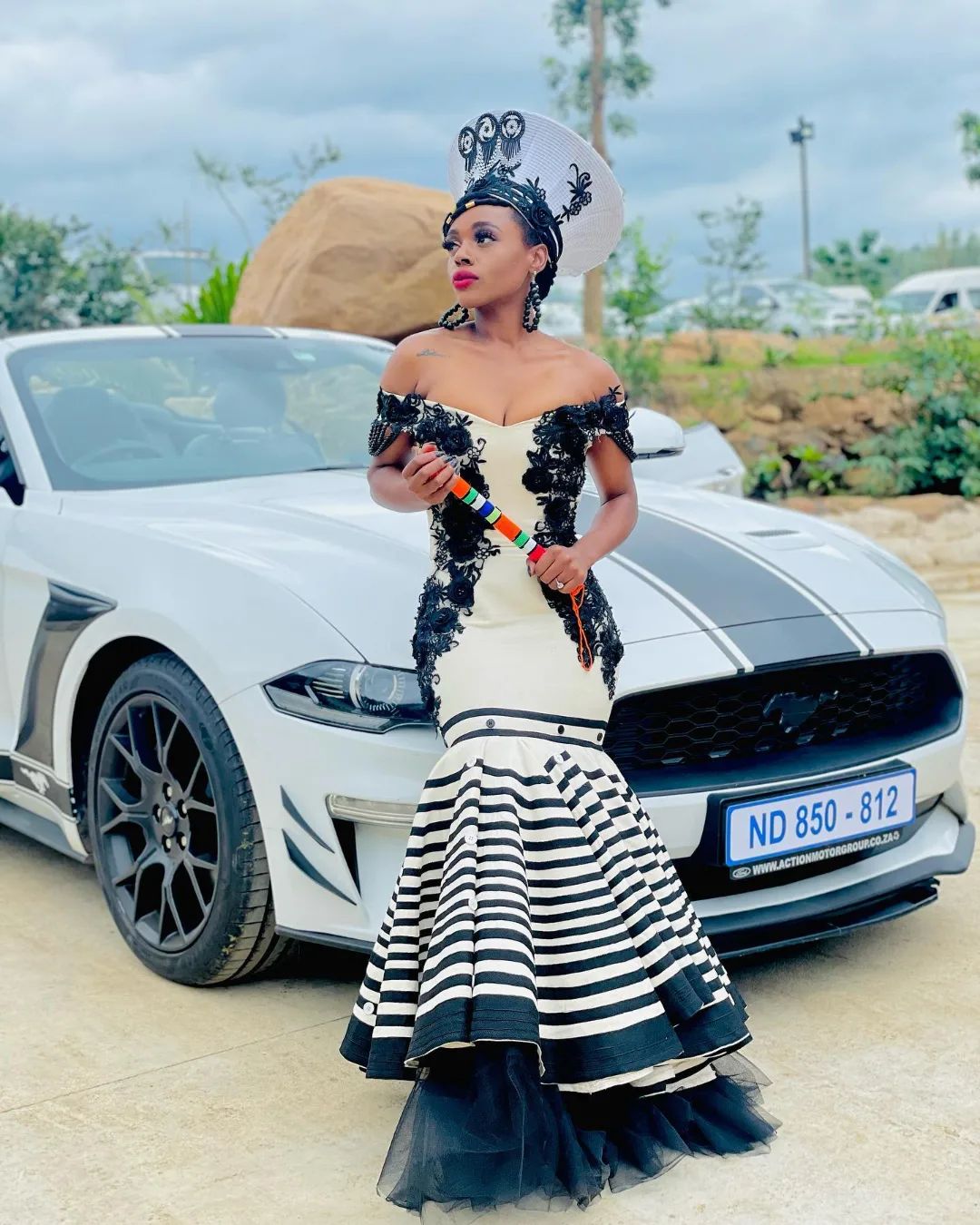
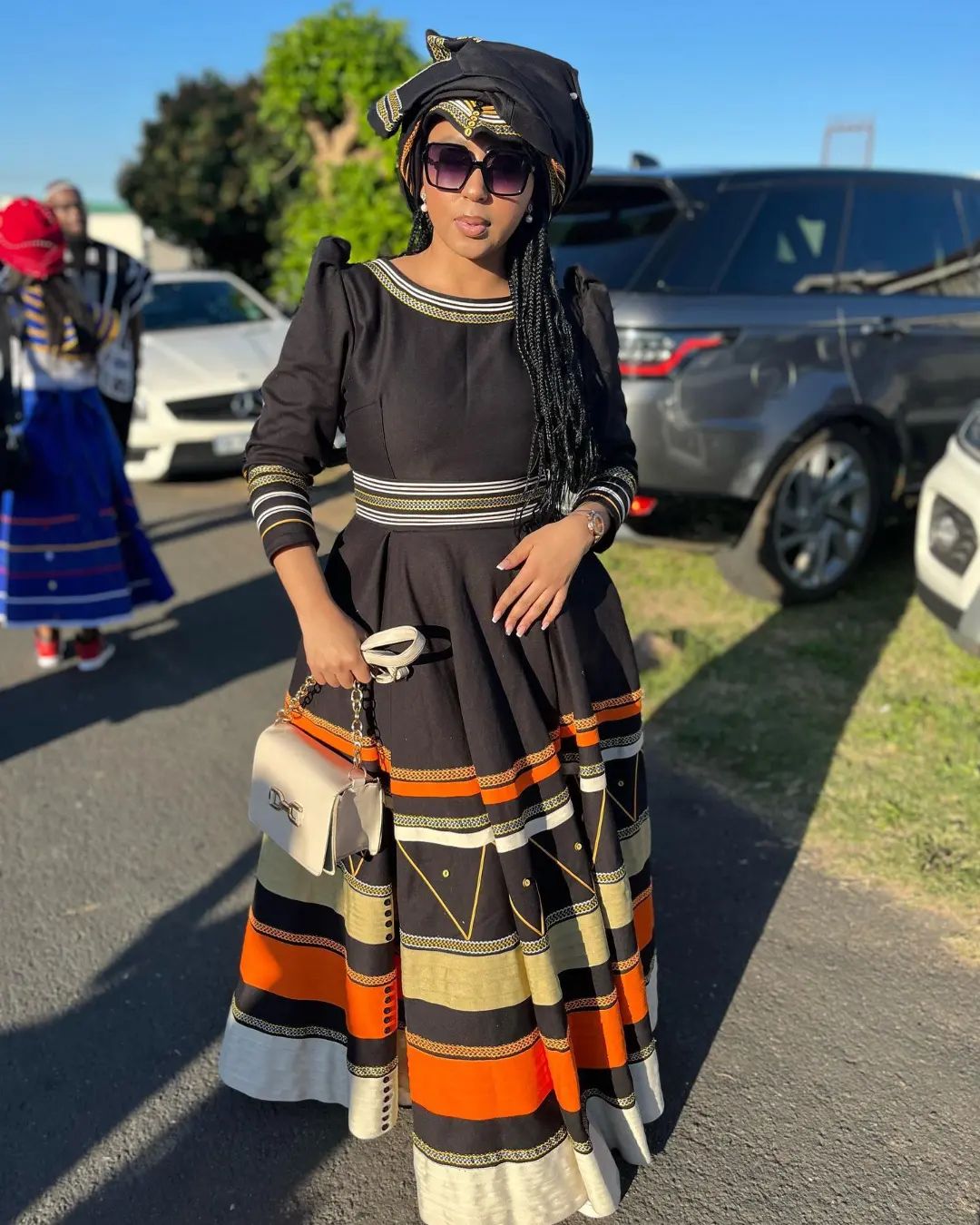
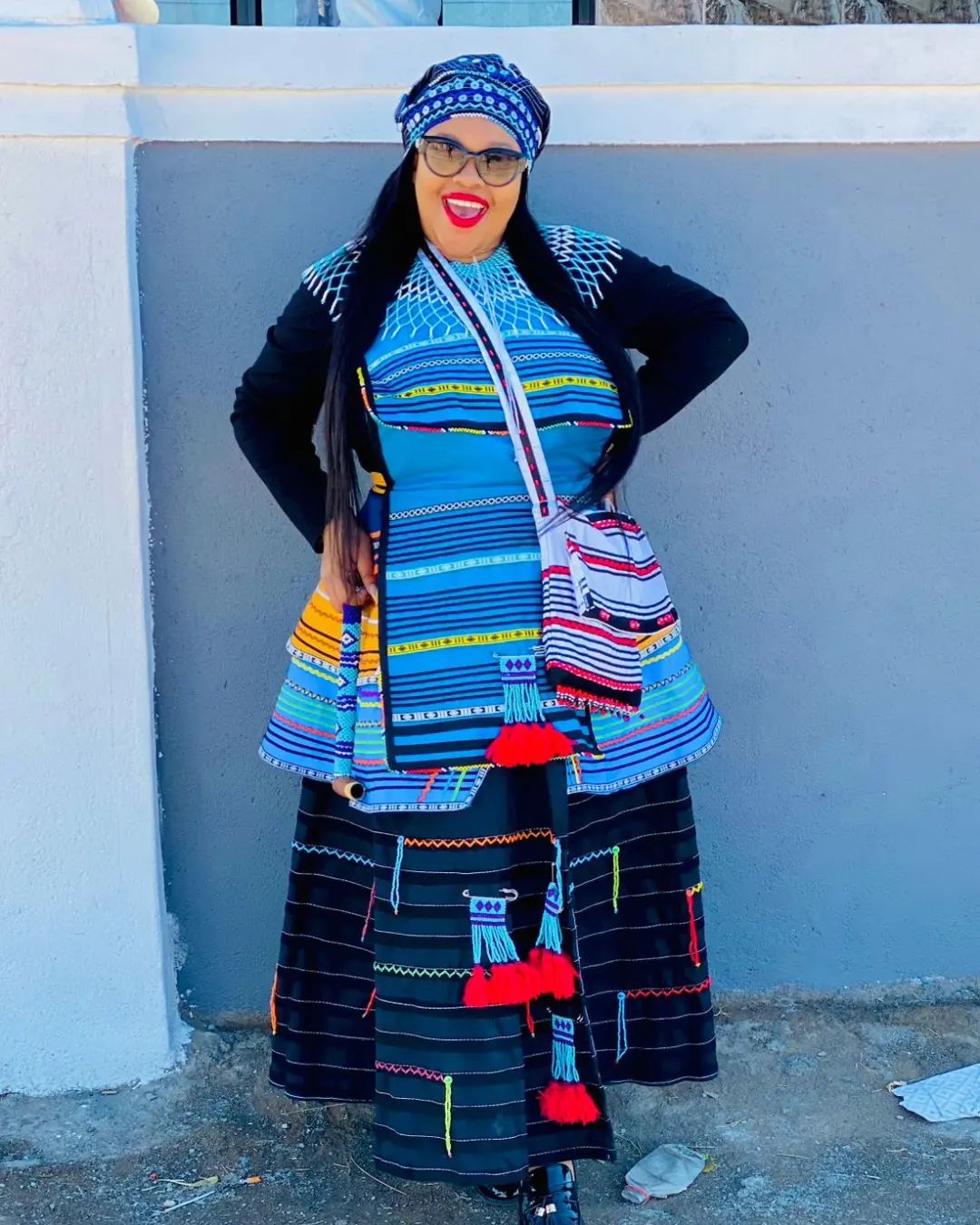
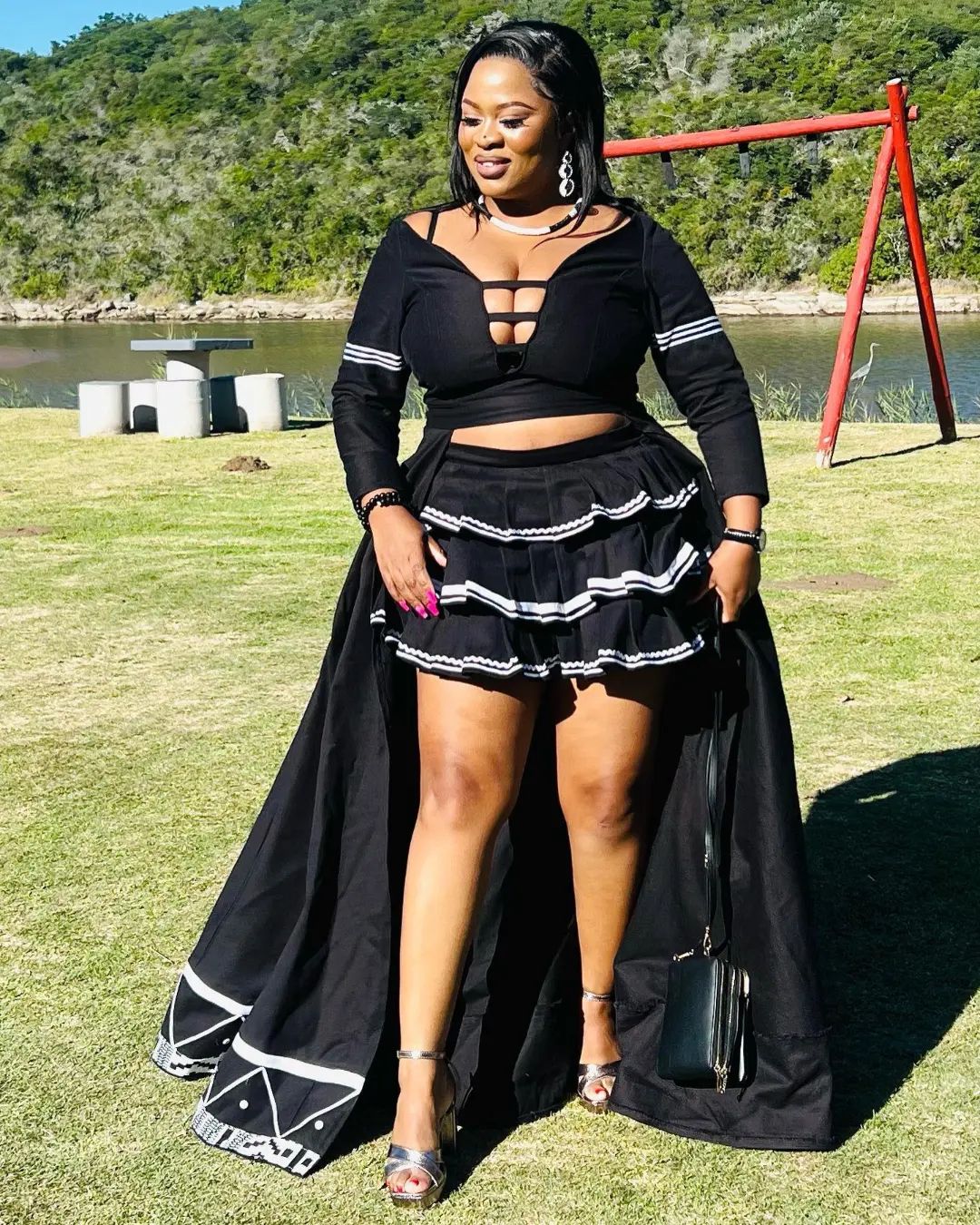
The cultural importance of colors and patterns
Colors and patterns play a crucial role in Xhosa traditional attire. Each color represents different aspects of Xhosa culture and carries symbolic meanings. For example, the color red symbolizes power and bravery, while blue represents harmony and spirituality. Patterns, on the other hand, are used to convey messages and reflect the individual’s status or role within the community. These vibrant colors and intricate patterns not only make Xhosa traditional attire visually stunning but also serve as a way for Xhosa people to express and celebrate their cultural identity.
Overall, Xhosa traditional attire is more than just clothing. It is a visual representation of history, culture, and identity. The captivating colors and patterns tell stories and keep traditions alive within the Xhosa community.
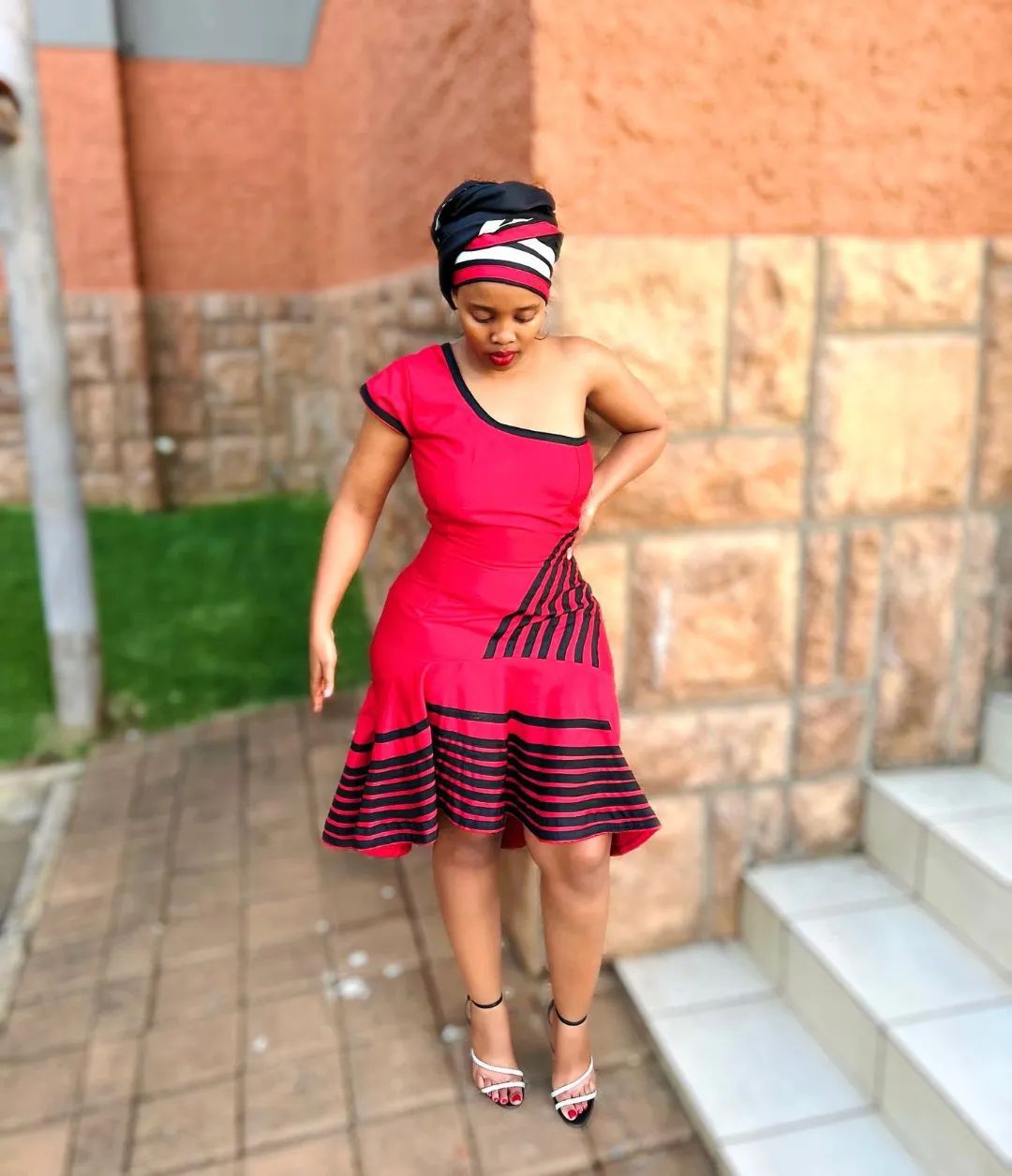
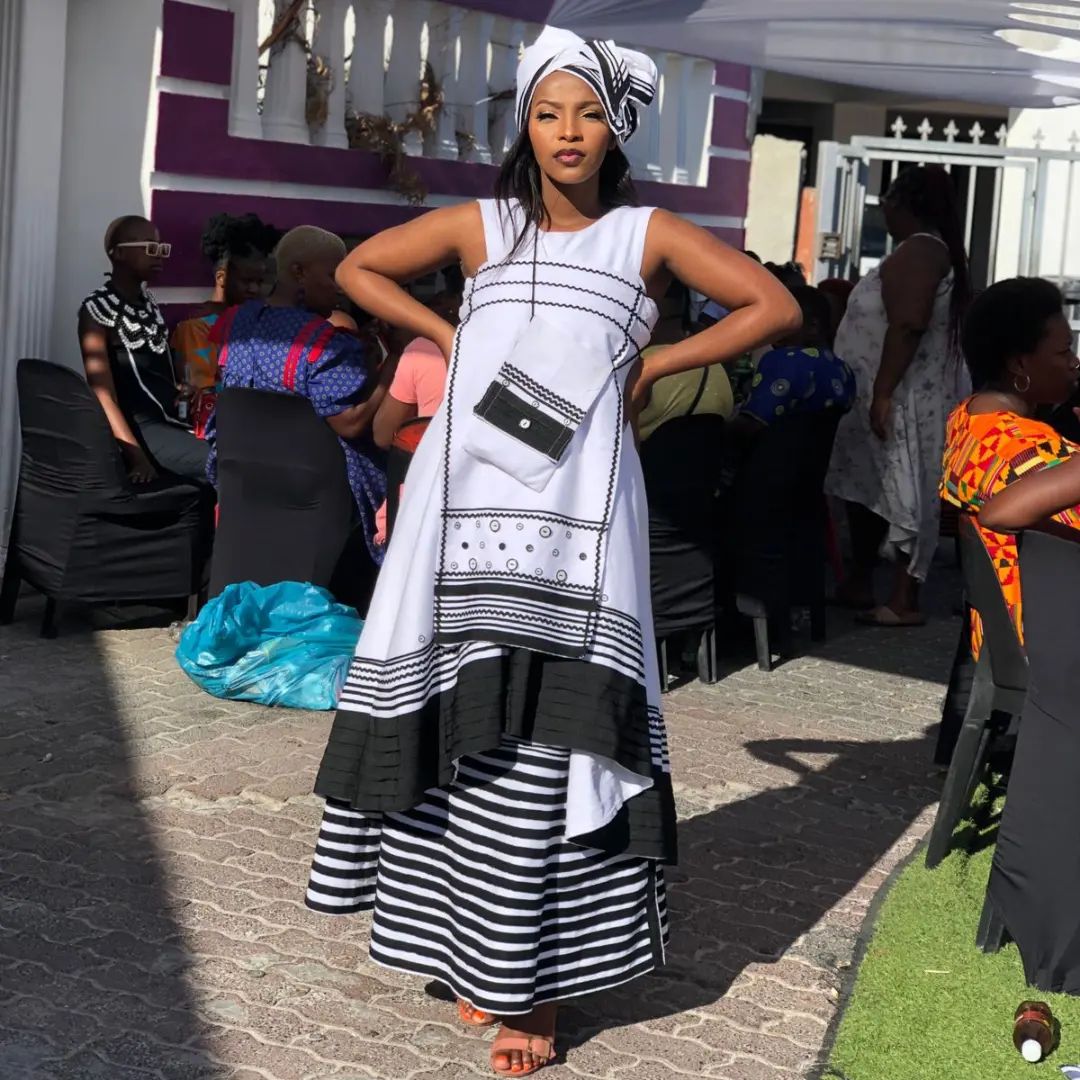
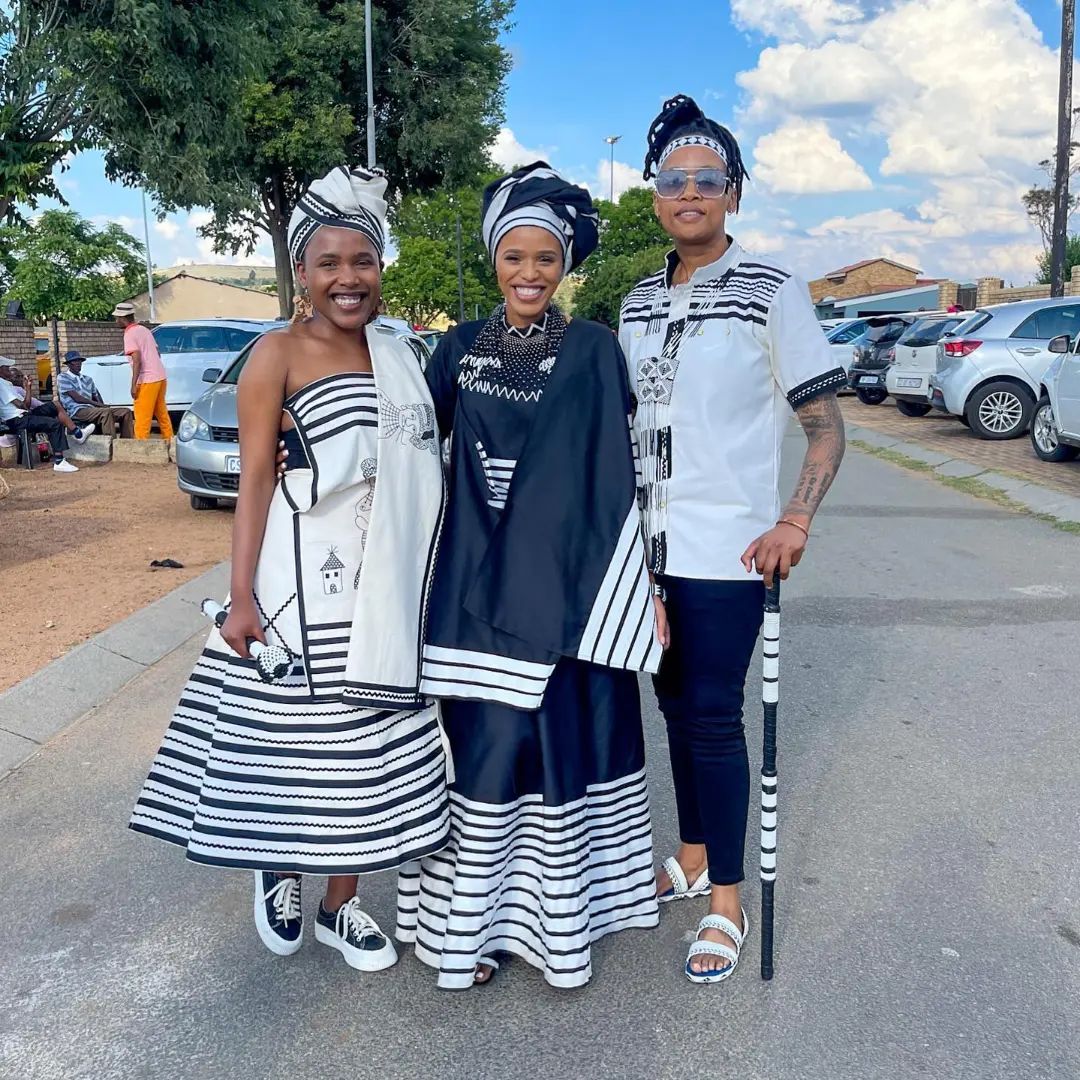
Traditional Xhosa Clothing for Women
Xhosa Clothing for Special Occasions
Xhosa traditional attire holds great significance, particularly during special occasions. For women, these occasions include weddings, initiation ceremonies, and other cultural celebrations. The clothing worn during these events is intricately designed and beautifully crafted, reflecting the rich cultural heritage and traditions of the Xhosa people. Elaborate beadwork, vibrant colors, and striking patterns are commonly seen in women’s attire for such occasions. These garments not only showcase the beauty and craftsmanship of Xhosa culture but also represent a connection to the community and a celebration of ancestral traditions.
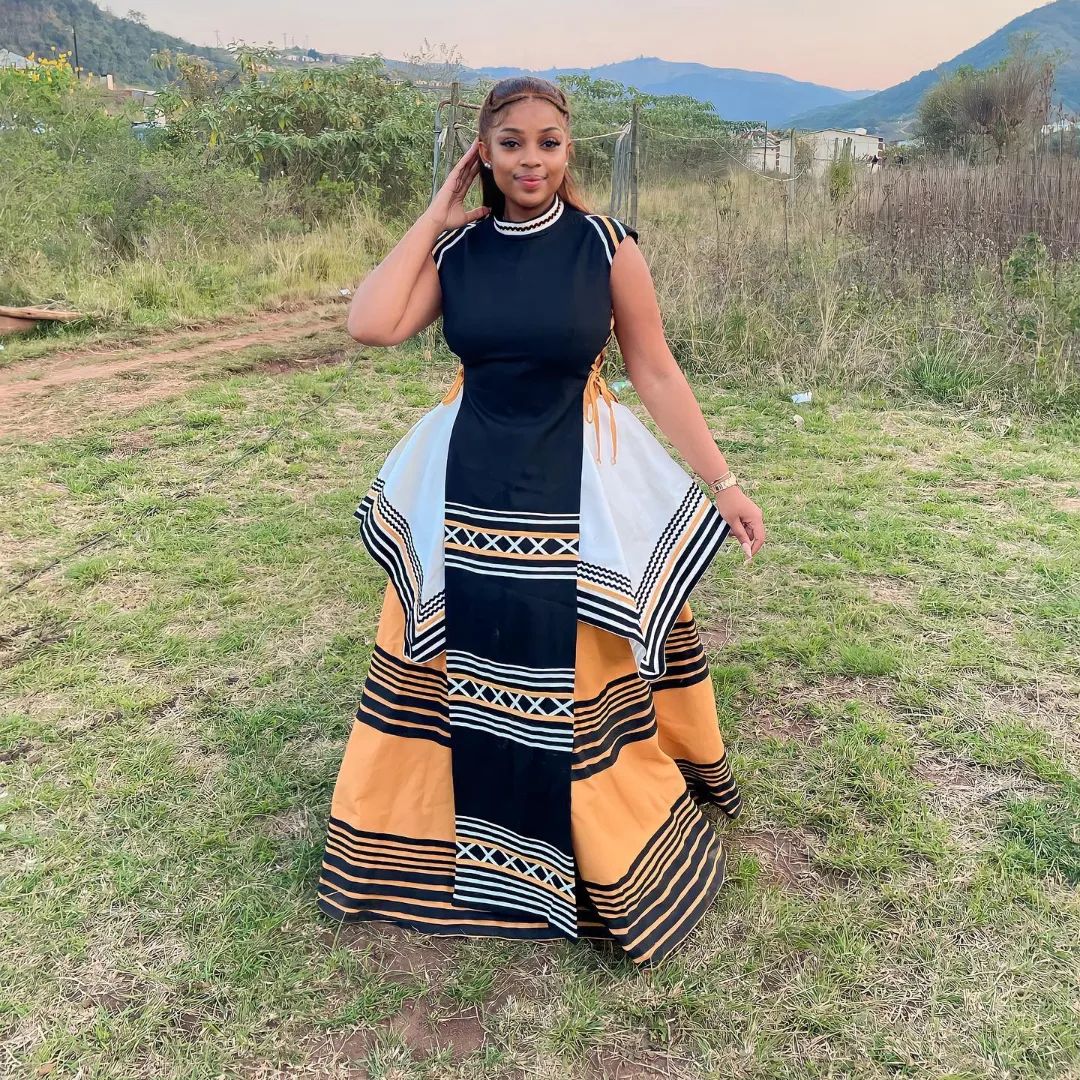
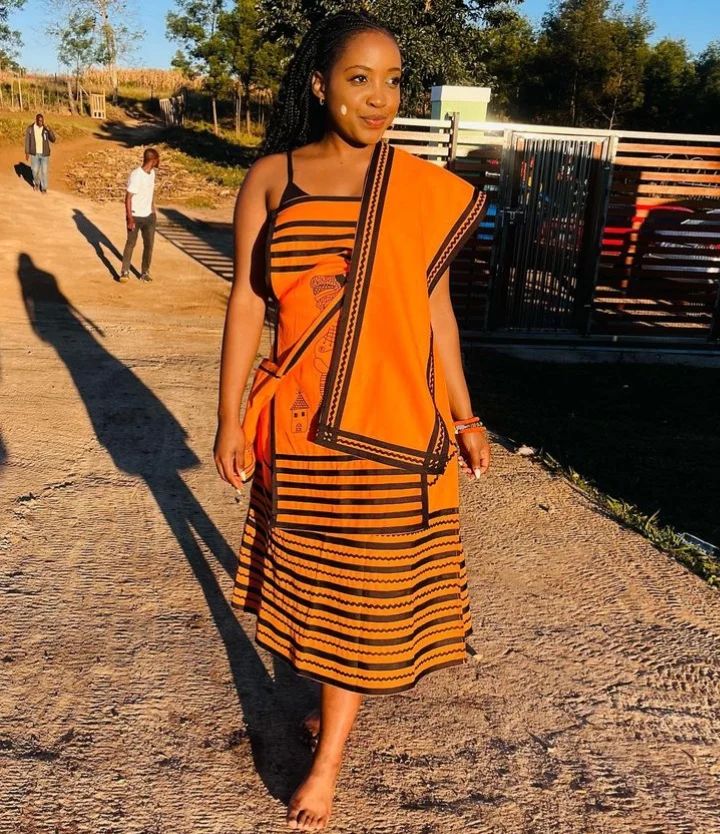
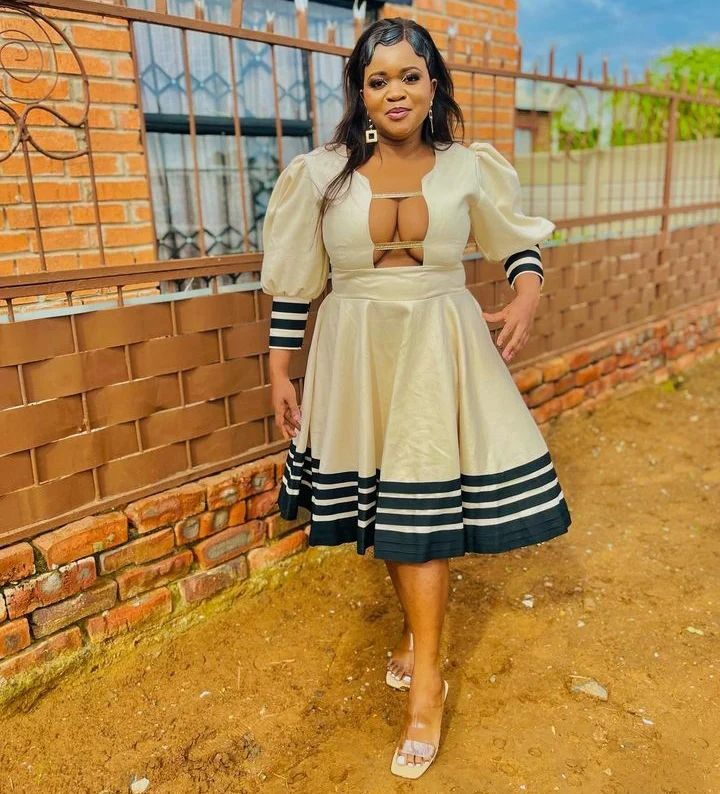
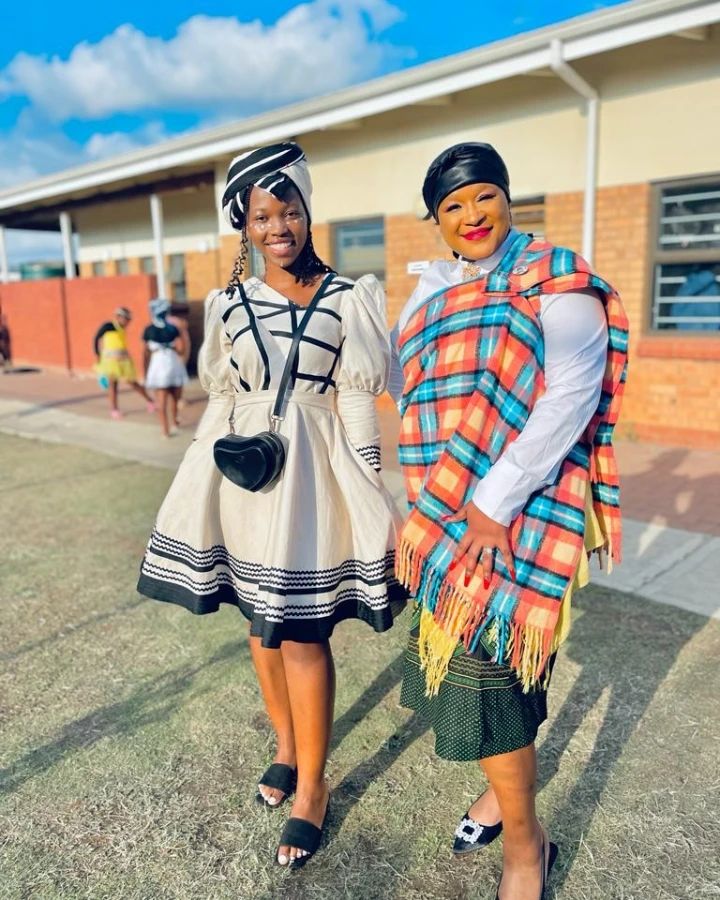
Popular Colors and Patterns for Women’s Attire
Colors and patterns play a crucial role in Xhosa traditional attire for women. The colors used often carry symbolic meanings and represent different aspects of Xhosa culture. Some popular colors include red, which symbolizes power and bravery, and blue, which represents harmony and spirituality. Patterns, on the other hand, are used to convey messages and reflect the individual’s status or role within the community. These vibrant colors and intricate patterns come together in a harmonious blend, creating stunning garments that highlight the beauty and cultural identity of Xhosa women.
In conclusion, traditional Xhosa clothing for women is more than just attire. It represents a celebration of culture, history, and identity, particularly during special occasions. The captivating colors and patterns used in these garments tell stories, convey meanings, and keep the rich traditions of the Xhosa community alive.

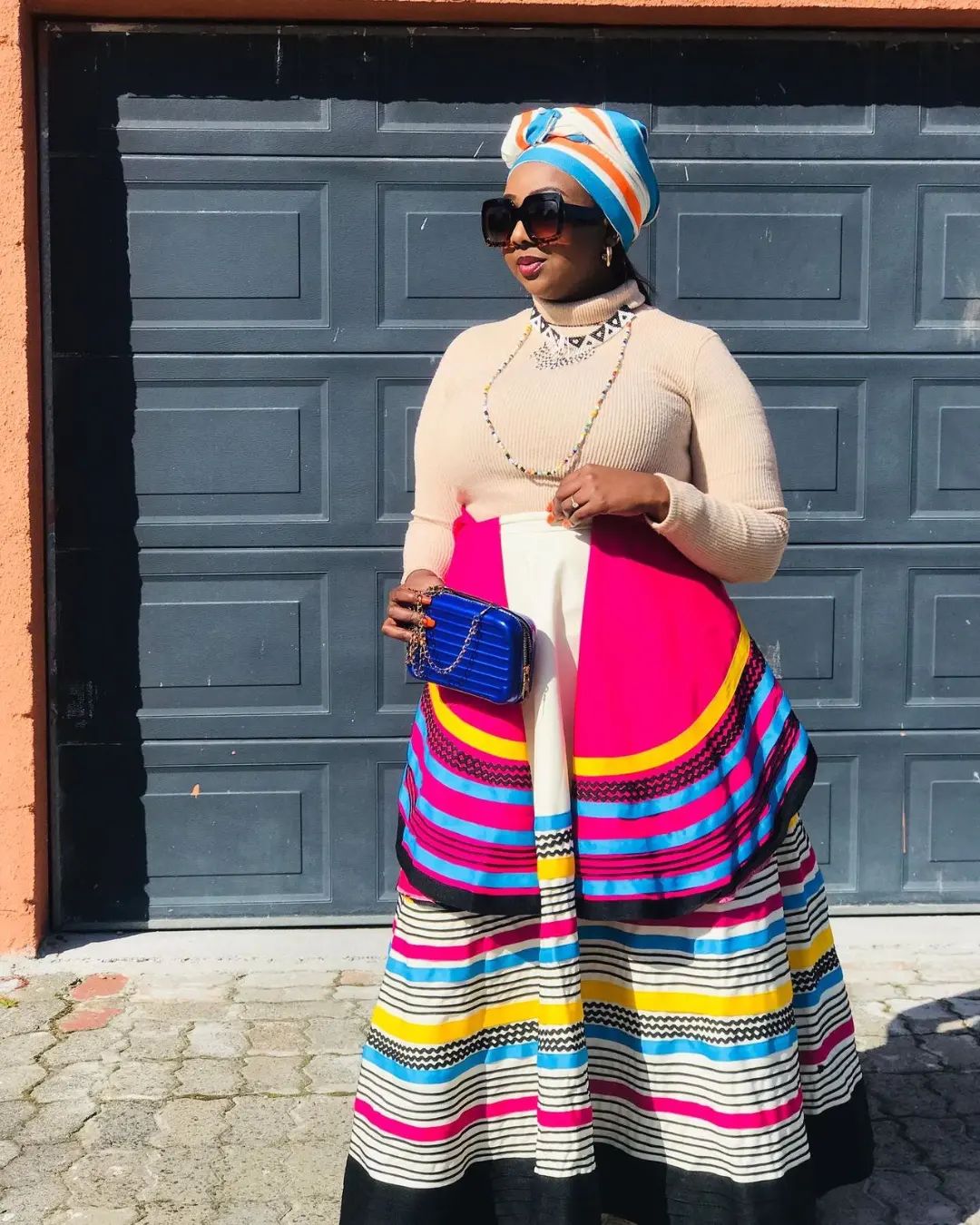
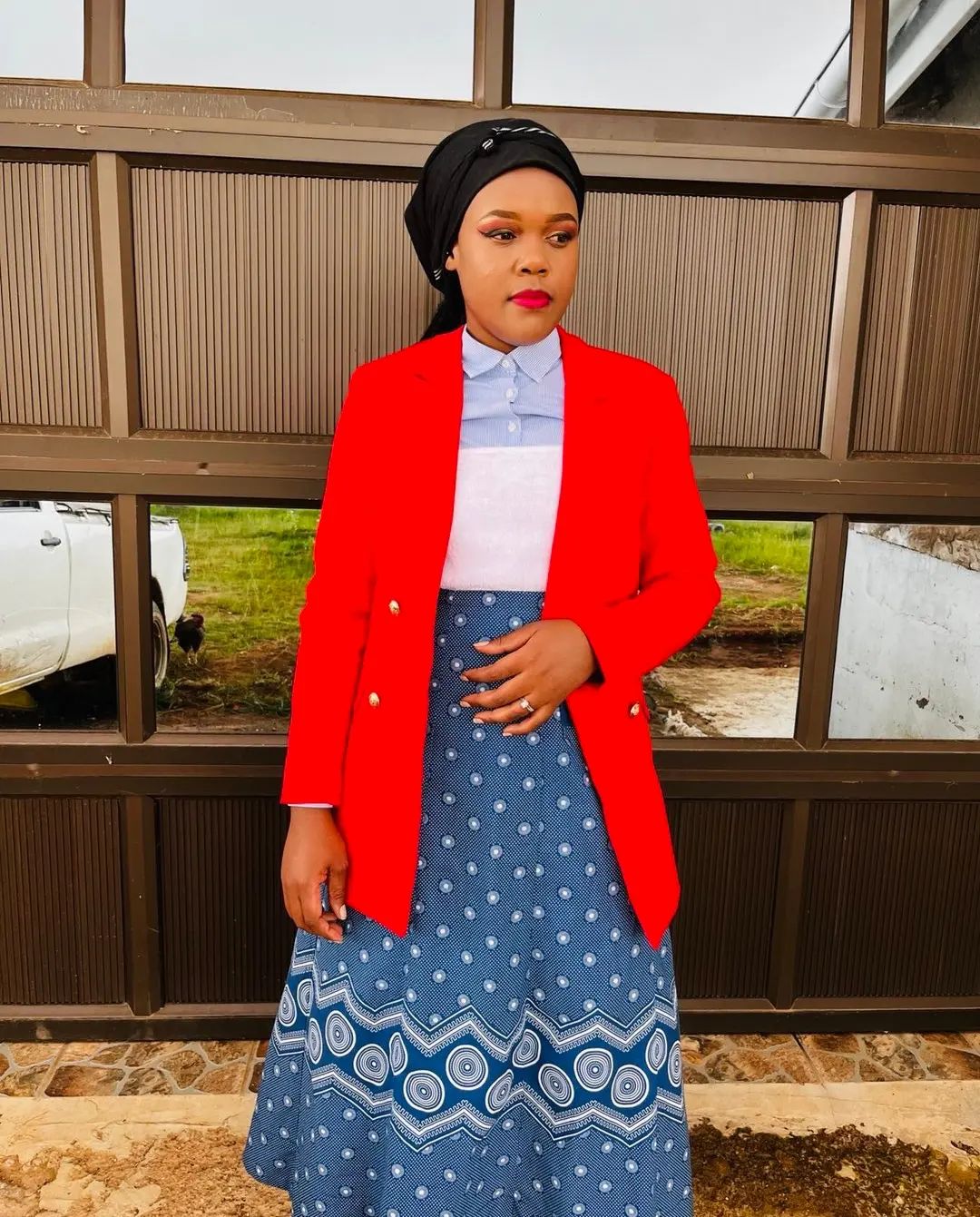
Traditional Xhosa Clothing for Men
Distinctive features of men’s Xhosa traditional attire
Xhosa traditional attire is not limited to women; men also have their own unique clothing that holds cultural significance. The traditional attire for men is characterized by its simplicity yet striking appearance. It mainly consists of a long, loose-fitting shirt called “ikhakha” and a skirt-like garment known as “isiphapha” or “umqhele.” These garments are typically made from vibrant and colorful fabrics, showcasing the rich cultural heritage of the Xhosa people. In addition to the shirt and skirt, men also wear intricately woven belts, beaded necklaces, and beautifully adorned hats, adding a touch of elegance to their overall appearance.
Symbolic meanings behind colors and patterns
Colors and patterns have deep symbolic meanings in Xhosa traditional attire for men. Each color represents a specific aspect of their cultural heritage. For example, white symbolizes purity and ceremonial occasions, while black represents spirituality and mourning. Other colors such as red, blue, and yellow are also commonly used, each carrying its own significance. Patterns, on the other hand, tell stories and reflect the wearer’s status or role within the community. These intricate patterns are often hand-woven and serve as a visual representation of the Xhosa people’s history and traditions.
In conclusion, Xhosa traditional attire for men is characterized by its simplicity, vibrant colors, and meaningful patterns. These garments not only showcase the rich cultural heritage of the Xhosa people but also represent a strong sense of identity and pride. Whether it’s for special occasions or everyday wear, Xhosa men’s traditional clothing serves as a reminder of their history, traditions, and connection to their community.
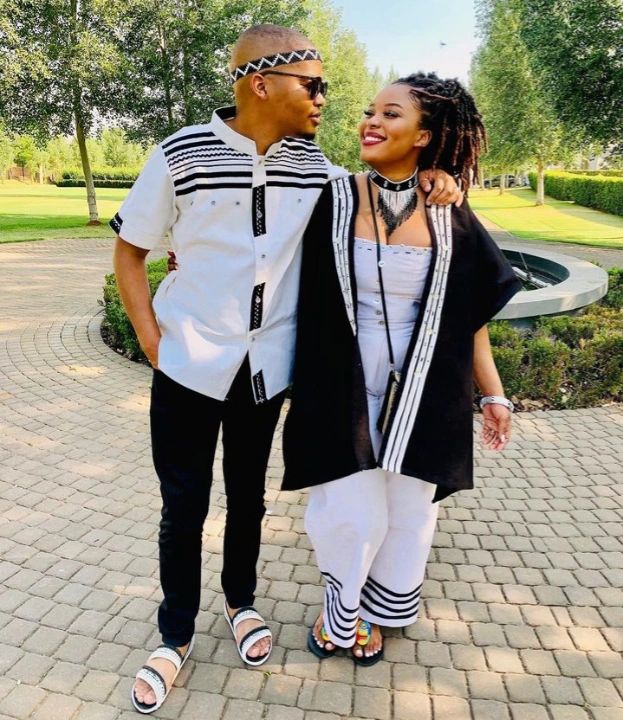
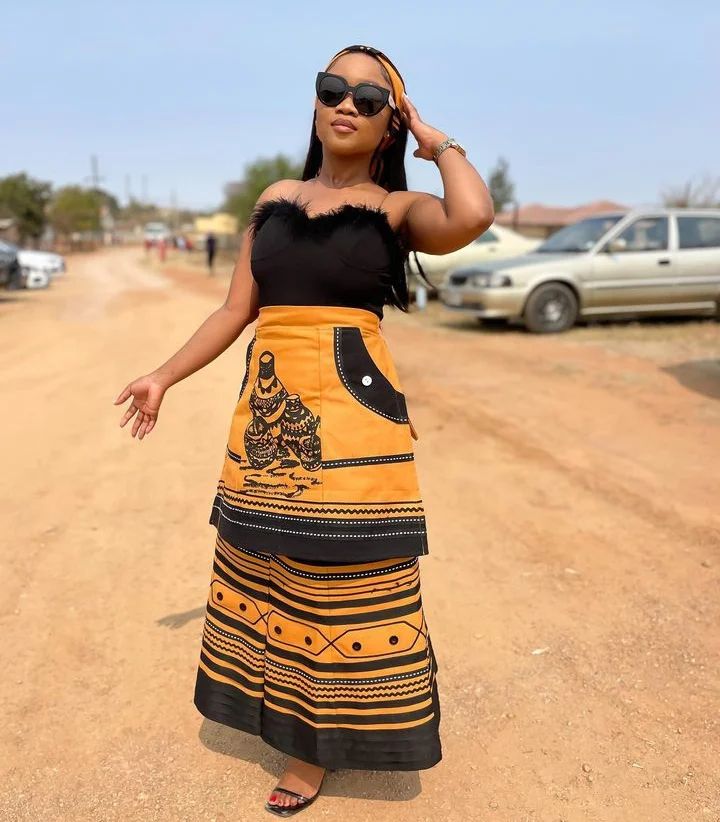
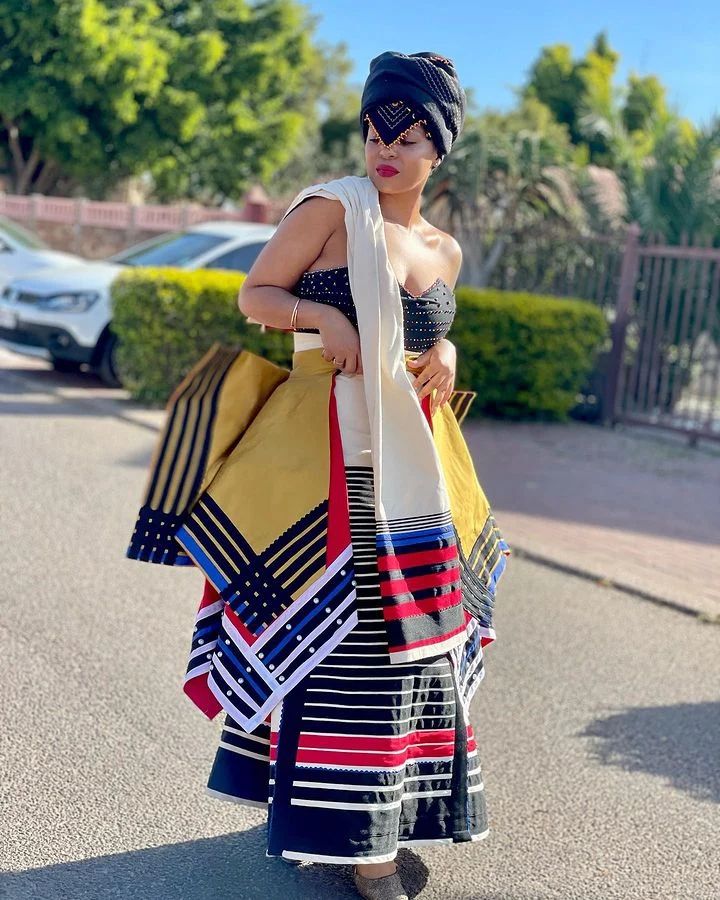
Contemporary Influence and Modern Adaptations
Incorporating Xhosa traditional attire into modern fashion
Xhosa traditional attire for men has not only influenced the cultural heritage but has also found its way into contemporary fashion. Designers and fashion enthusiasts have embraced the vibrant colors, intricate patterns, and unique silhouettes of Xhosa traditional attire, creating fusion designs that blend traditional elements with modern aesthetics. This has allowed individuals to showcase their cultural heritage proudly while staying stylish and fashionable. From modernized versions of the ikhakha and isiphapha to incorporating Xhosa patterns into suits, shirts, and accessories, there are endless possibilities for incorporating Xhosa traditional attire into modern fashion.

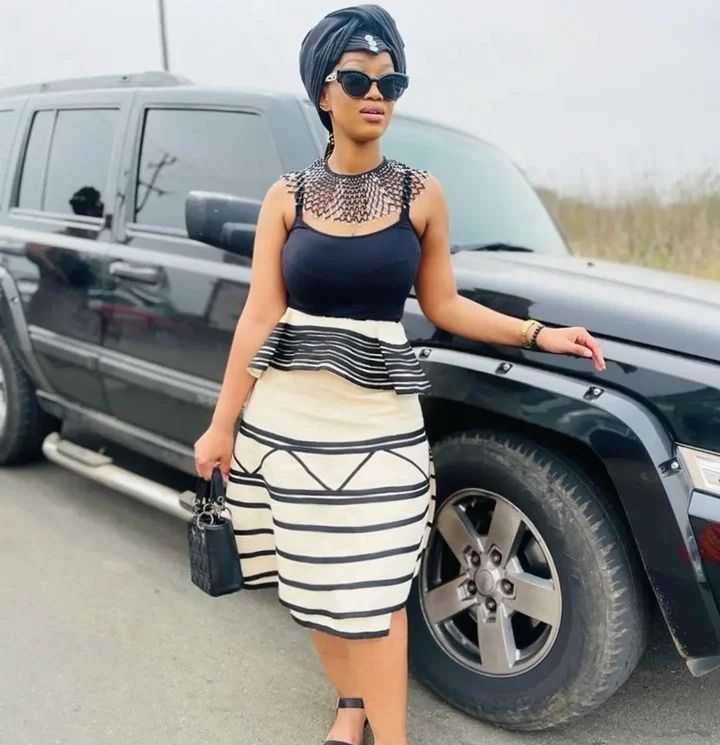
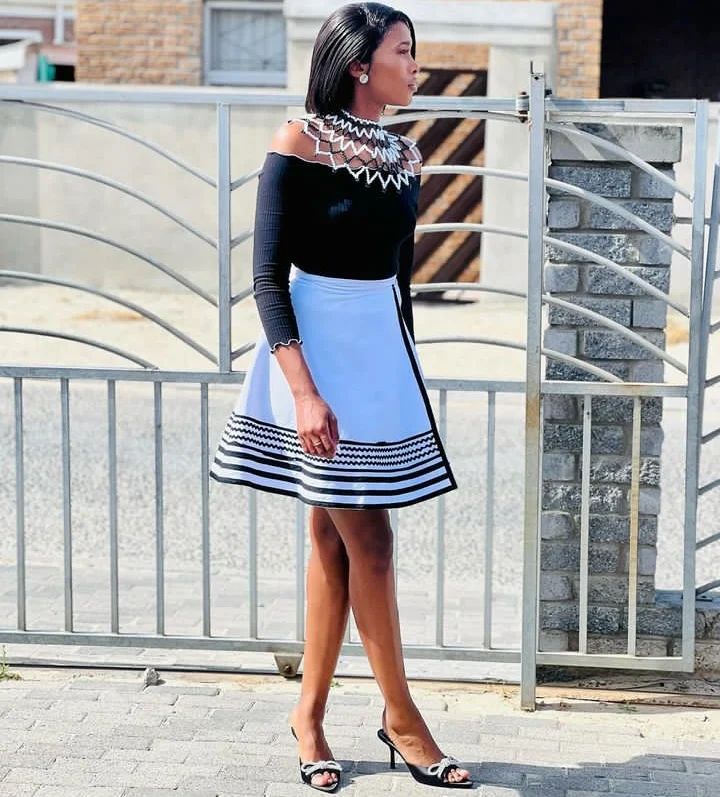
Embracing cultural heritage through innovative designs
Innovative designers are continuously finding ways to celebrate and preserve Xhosa cultural heritage through their unique creations. They play with colors, patterns, and fabrics, creating contemporary pieces that pay homage to the traditional attire. By incorporating Xhosa elements into their designs, these fashion-forward individuals are not only showcasing their artistic abilities but also promoting cultural appreciation and inclusivity. These innovative designs contribute to keeping the rich history and traditions of Xhosa traditional attire alive, ensuring that future generations can continue to embrace their cultural heritage.
Xhosa Traditional Accessories
When it comes to Xhosa traditional attire, the captivating colors and intricate patterns are not limited to clothing alone. Adornments such as jewelry, headwear, and footwear also play a significant role in completing the Xhosa traditional look.
Adornments that complete the Xhosa traditional look
Xhosa traditional attire is known for its bold and vibrant colors, and the accessories that accompany the clothing are no exception. Intricately beaded necklaces, bracelets, and anklets are commonly worn by both men and women. These accessories not only add a touch of elegance, but they also hold cultural and symbolic significance.
Headwear is another essential aspect of Xhosa traditional attire. The most iconic headpiece is the isicholo, a large, circular straw hat worn by married Xhosa women. It symbolizes maturity and signifies their marital status within the community. For men, the ikhuba, a woven and decorated hat, is a popular choice.
Footwear also plays a role in completing the Xhosa traditional look. AmaMazinyo, beaded sandals made from cowhide or sheepskin, are often worn by both men and women during traditional ceremonies and events.
Significance of jewelry, headwear, and footwear
Jewelry, headwear, and footwear hold deep cultural and symbolic significance in Xhosa tradition. They are not merely accessories but reflections of the wearer’s identity and status within the community. These adornments are often passed down through generations, representing a connection to their ancestral heritage.
The intricate beadwork found in Xhosa jewelry is a form of expression that tells stories and conveys messages. The patterns and colors used can signify tribal affiliations, marital status, or even personal achievements. Similarly, the choice of headwear and footwear reflects cultural traditions and rituals.
In conclusion, Xhosa traditional attire is more than just clothing. The accessories, including jewelry, headwear, and footwear, complete the overall look while holding cultural significance. They add an extra layer of beauty and symbolism to the rich heritage of Xhosa tradition.


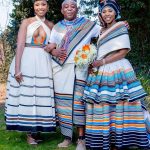






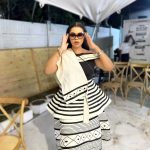
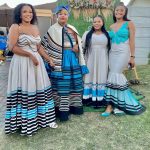
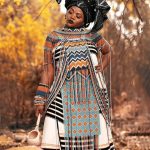

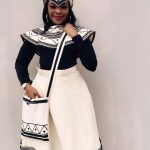




Comments are closed.